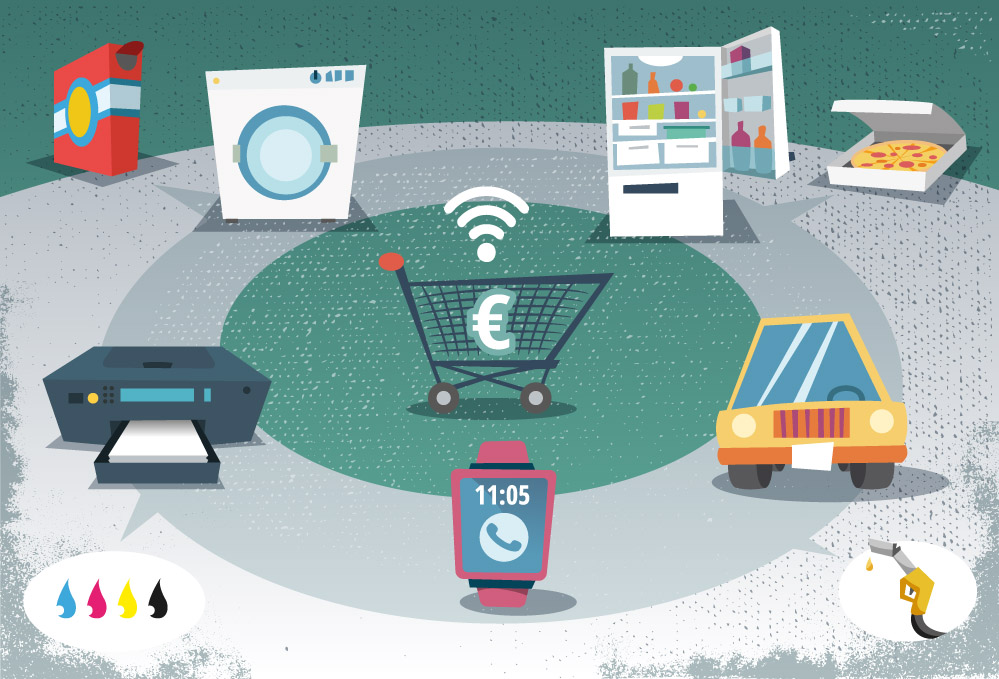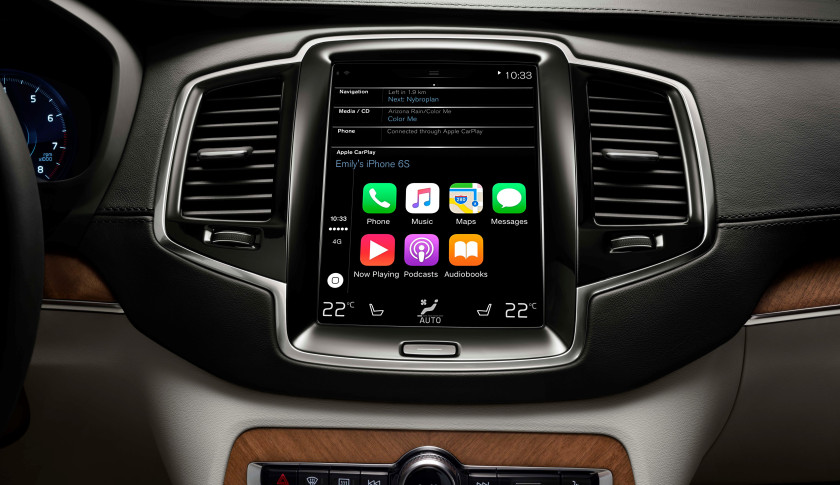Look around you. Look at the electronic devices in your room, in your house, in your life. Well, take a good look at them, because soon not only will they be able to order for you, but they will have already ordered before you’ll have even realized. That’s right: your washing machine, your fridge, your car, your TV: that’s the future of e-commerce.
Your detergent is running out? Your washing machine has got you covered. That block of parmigiano you’ve been eating for the past two weeks is almost finished? Your fridge will place an order at that special Italian deli that has just opened up. You’ve found parking but you have to pay 2$ an hour? No worries, your car has already taken care of the bill. Your TV batteries are running out? Well guess what, your TV has already ordered a new batch.
IoT and e-commerce have grown in parallel until now. And while e-commerce is the biggest revenue generating business model of our generation, the Internet of Things is only now leaving the hype phase, ready to finally become a revenue-creating reality on its own: by 2020, the IoT market is set to reach a value of $1.7 trillion (VisionMobile 2015).
We have already seen a glimpse of the future detailed in the initial paragraph thanks to objects such as Amazon’s “Dash Buttons” who already allow you to reorder from renowned brands (i.e. detergent Tide) with the press of a button. Amazon’s offer to clients who want to purchase the Dash Button paints a pretty clear picture of the enormous potential of an IoT driven e-commerce: Amazon essentially offers them for free. If you buy a Dash Button, it will cost you $4.99 but Amazon promises you that once you buy it, you will receive a credit for $4.99 after your first press. Essentially, by selling you the Dash Button, Amazon knows that it is selling you an e-commerce channel that will take you (and your money) straight to Amazon’s webstore. While the technology of the Dash is currently very simple (the button is essentially a WiFi connected device on its own) Amazon’s underlying strategy for selling it is clear, and is paving the way for what is to come.
While I’ve mainly discussed an outcome that involves B2C e-commerce, there are already signs that the Internet of Things will also be the future of B2B e-commerce.
As we’ve heard in Michiel Shipperus’ presentation a large number of B2B web stores are now becoming integrated with the company’s Enterprise Resource Planning (ERP) system: this automates the process of ordering from the customer’s side with the process of stock management from the company (seller)’s side. Once an order is placed in the webshop, the stock level in the warehouse will be automatically adjusted. What happens now is that, once the stock in the warehouse becomes too low the company orders a new batch of components for that given product for production. But what if that process were automated? IoT is thus a very logical next step for the future of B2B e-commerce.
The implications of all of this? The entire product supply chain, from manufacturing to retail, will at one point become entirely automated. The implications for us? Our car will be able to order food and drinks for us, but are we sure we’ll be able afford the car in the first place?
References:
https://www.visionmobile.com/blog/2015/12/the-internet-oa-things-is-about-to-reshape-e-commerce
https://www.amazon.com/b/?node=10667898011&sort=date-desc-rank&lo=digital-text
www.sana-commerce.com


